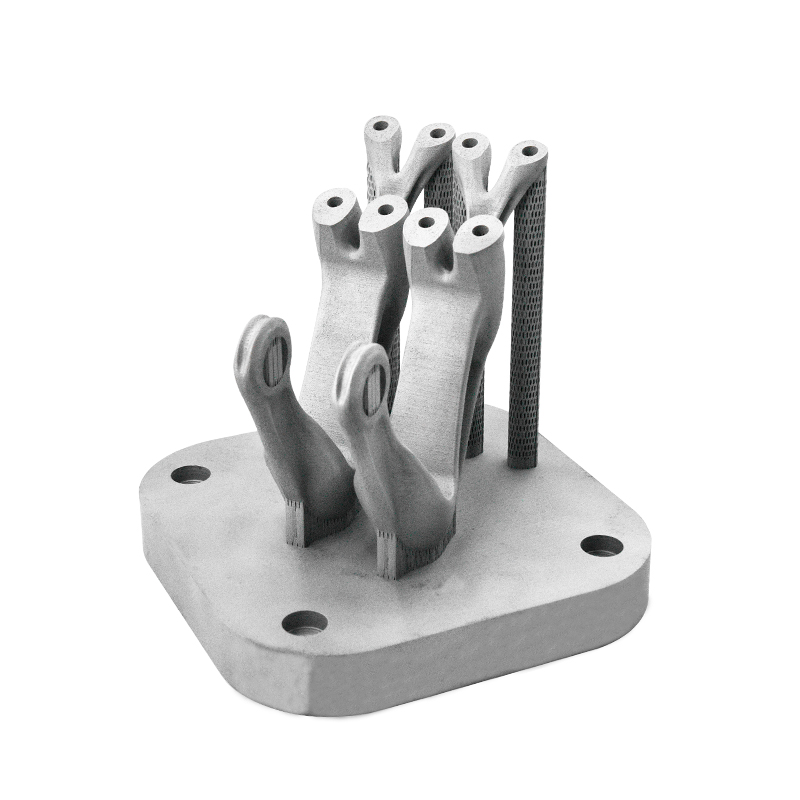The manufacturing industry is undergoing a significant transformation, and 3D printing is at the forefront of this change. By enabling additive manufacturing, this technology has introduced new ways to produce components, resulting in increased efficiency, reduced costs, and enhanced product customization.
One of the most substantial impacts of 3D printing is the reduction of lead times. Traditional manufacturing processes often require extensive tooling and setup, which can delay production. In contrast, 3D printing allows for rapid prototyping and the ability to produce parts on-demand. This agility is crucial in industries like automotive and aerospace, where companies must quickly adapt to market demands and design changes.
Moreover, 3D printing minimizes material waste. Traditional subtractive manufacturing techniques often involve cutting away material from a larger block, leading to significant waste. Additive manufacturing, however, builds objects layer by layer, utilizing only the material necessary for the final product. This efficiency not only lowers costs but also aligns with sustainability goals, as businesses seek to reduce their environmental footprint.
Customization is another key advantage of 3D printing in manufacturing. Companies can produce bespoke components tailored to specific customer needs without the significant costs associated with custom tooling. This capability enhances customer satisfaction and allows for niche products to be developed more easily.
Additionally, 3D printing facilitates complex geometries that would be challenging or impossible to achieve with traditional manufacturing methods. This innovation enables the creation of lightweight structures that maintain strength, which is particularly beneficial in industries like aerospace, where reducing weight can lead to improved fuel efficiency.
As 3D printing technology continues to advance, its impact on manufacturing will only grow. Companies that embrace this technology will not only gain a competitive edge but also contribute to a more sustainable and innovative manufacturing landscape.






